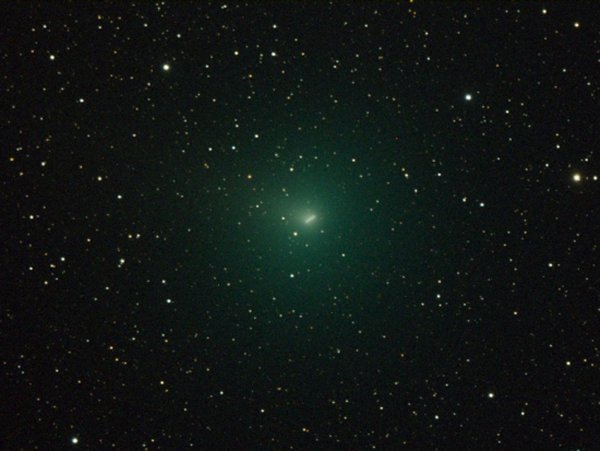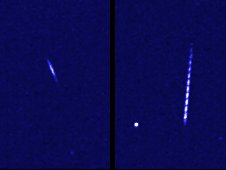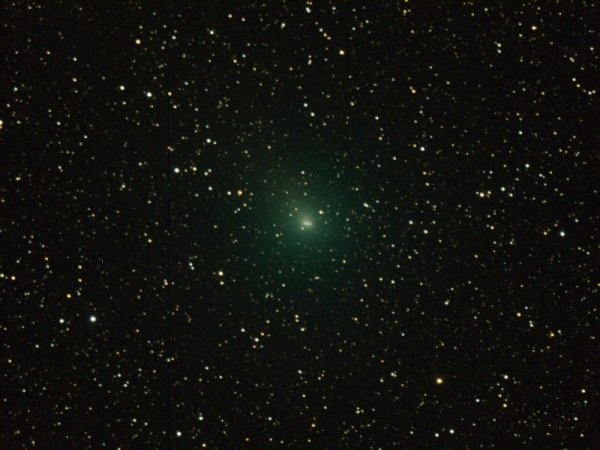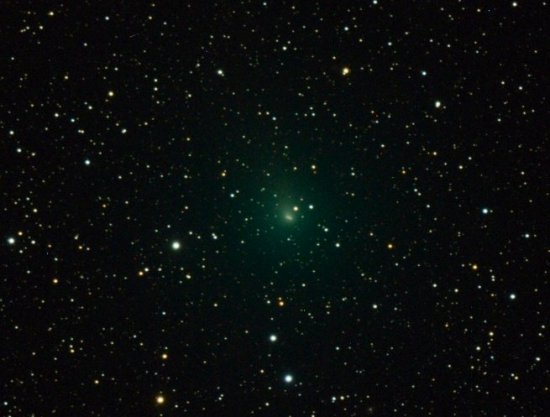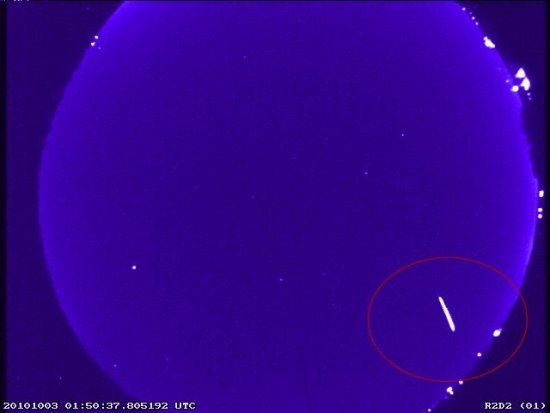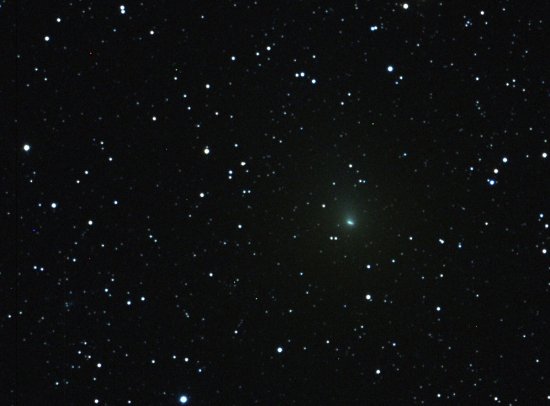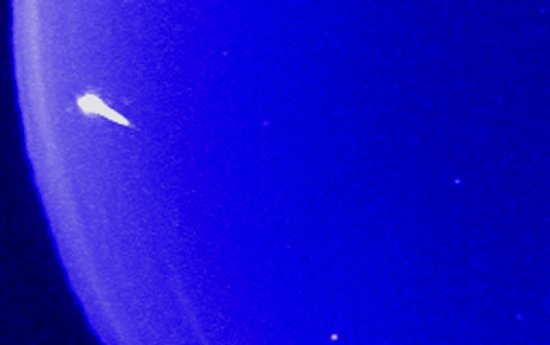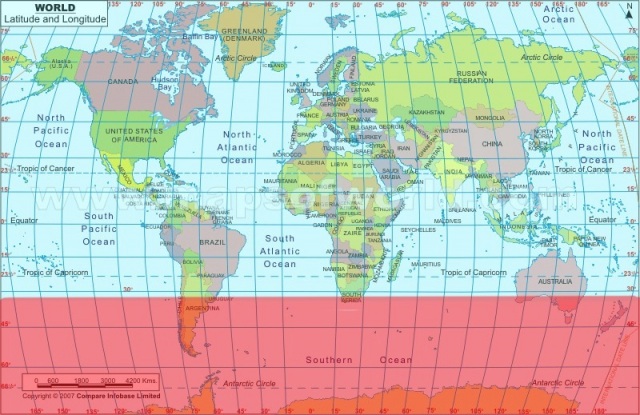MSFC astronomer Bill Cooke took this five-minute exposure of Comet Hartley 2 late on the night of Saturday, Oct. 16, 2010, using a 10″ telescope in New Mexico. The comet, which has now reached naked eye visibility, was just under 11.5 million miles from Earth and sporting a coma over a degree across — twice the size of the …
Only 11.5 Million Miles Away Now!
